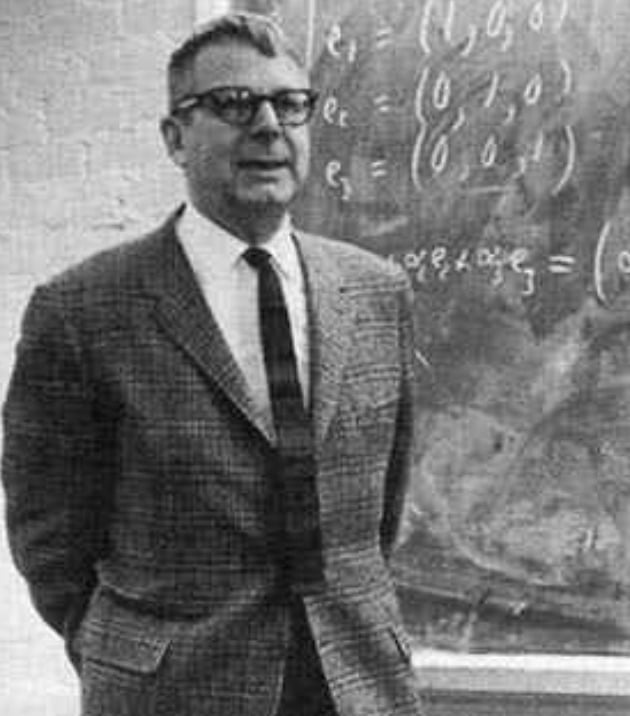
Lars Ahlfors was born on April 18, 1907 Helsinki, Finland. His mother died giving him birth, so he was raised by his father and a governess. Describing his early interest in mathematics, he explained:
As a child I was fascinated by mathematics without understanding what it was about, but I was by no means a child prodigy. As a matter of fact I had no access to mathematical literature except in the highest grades. Having seen many prodigies spoilt by ambitious parents, I can only be thankful to my father for his restraint. The high school curriculum did not include any calculus, but I finally managed to learn some on my own, thanks to clandestine visits to my father’s engineering library.
In 1928, Lars graduated from the university in Helsinki, majoring in mathematics and enrolled at the university in Zürich where he studied under Finnish mathematician Rolf Nevanlinna. The following year, while working on doctoral studies he made his first groundbreaking contribution to mathematics by proving Denjoy’s conjecture that if an entire function has p distinct asymptotic values, then its order is ≥ ½p. In 1930, he received his doctorate in mathematics and six years later, was awarded a Fields medal for his concept of quasi-conformal mapping that introduced a metric to topology, significantly expanding its scope.
In 1944, World War II was raging and Russia was attacking Finland. Alfors escaped to Sweden and then eventually to Switzerland, but in the process had to pawn his Fields medal to obtain money for food. By 1946, he had found his way to America accepting an appointment at Harvard where he remained until his retirement in 1977. Most of those who majored in mathematics at university will remember the name “Alfors” not for his work in quasi-conformal mapping, but for his seminal books on mathematics, in particular his classic, Complex Analysis.
